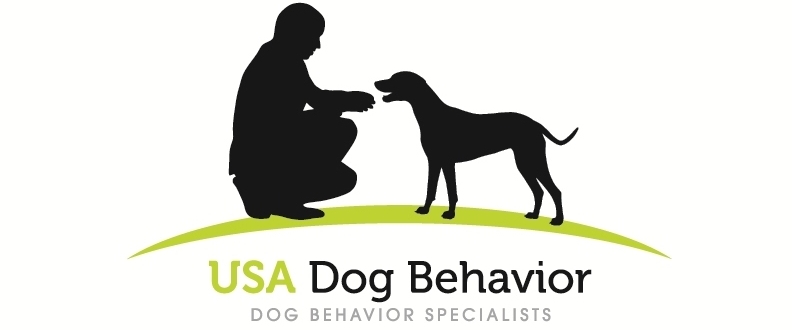Would My Dog Ever Bite My Child?
Average Reading Time: 2 minutes, 46 seconds
© Scott Sheaffer, CBCC-KA, CDBC, CPDT-KA, USA Dog Behavior, LLC
Want to learn more about dog aggression?
Tune into my weekly podcast on dog aggression, Dog Aggression Answers.
Short Answer: Yes, even your sweet family dog could bite your child given the right context. We forget sometimes that dogs are, if nothing else, animals. When push comes to shove, they will default to exhibiting animal behaviors.
No one can guarantee that a dog, even your own, will not bite your child. Some dog owners think their family dog would never hurt a flea, much less bite their own child. Remember that dogs are animals and, given the right circumstances, may respond to your child by biting.
Child Dog Bite Facts
• Any breed of dog can bite children; even small dogs can represent a significant threat to children.
• 82% of dog bites treated in the emergency room involve children younger than 15 years of age.
• Bite rates are dramatically higher for children who are 5 to 9 years old.
• 65% of bites among children occur to the head and neck because of a child’s size relative to the dog.
• 77% of dog bites come from the family dog or a friend’s dog.
Children are clearly at higher risk for dog bites.
Education Is the Key
Most people don’t appreciate how quickly a dog can bite. Most, but not all, dogs give a warning growl before biting. The interval between the growl and the bite can sometimes be just milliseconds, making avoidance virtually impossible.
Teaching your child to recognize situations when a dog might bite is the key to preventing bites – including bites from the family pet. Educate your children and yourself on the basics below and closely monitor them to ensure they adhere to these guidelines with unknown and known dogs. The list below does not represent all risk factors, but it does represent some of the most basic and important ones.
Even if you believe the family dog would never bite your children, remember that your children will be interacting with other dogs that may not be so tolerant.
6 Dog Bite Prevention Basics For Children and Parents
These guidelines apply to all of the following: unfamiliar dogs, friends dogs and dogs in your household.
1) Most importantly, parents should always closely supervise children when they are near dogs, any dogs. This is especially important for infants, toddlers and young children in general.
2) Children need to know that getting face-to-face with any dog can be extremely dangerous. In the dog’s world, this can be considered confrontational. A child might do this many times to the family dog with no consequence; however, this is not a 100% predictor of future behavior. It concerns me that I frequently see pet industry advertising showing children face-to-face with dogs (see picture at the start of this article).
3) Primates (e.g., humans, apes and monkeys) enjoy hugging one another and find comfort in this. This is a unique attribute of primates that is not shared by other species. Canines may tolerate hugging by humans but can also see it as threatening behavior. Teach your children not to hug or lie on the family dog or any other dog.
4) Just like humans, dogs don’t like being bothered when sleeping or resting. Dogs can instinctively react by biting the person who startles them. Instruct your children to steer clear of sleeping or resting dogs.
5) Young children must be taught to stay at least five feet away from any dog that is eating from a bowl, eating treats, playing with a toy or chewing on a bone. Dogs can sometimes guard these items (called resource guarding) and become aggressive when a child approaches.
6) One of the biggest gifts parents can give their children when it comes to dog safety is to model proper dog safety. Children tend to imitate the behaviors of their parents, regardless of what their parents say.
More Information
For more information about children interacting with dogs, watch the following video, Stop the 77.
To learn more about dog body language, watch the following video, Understanding Dog Body Language.


